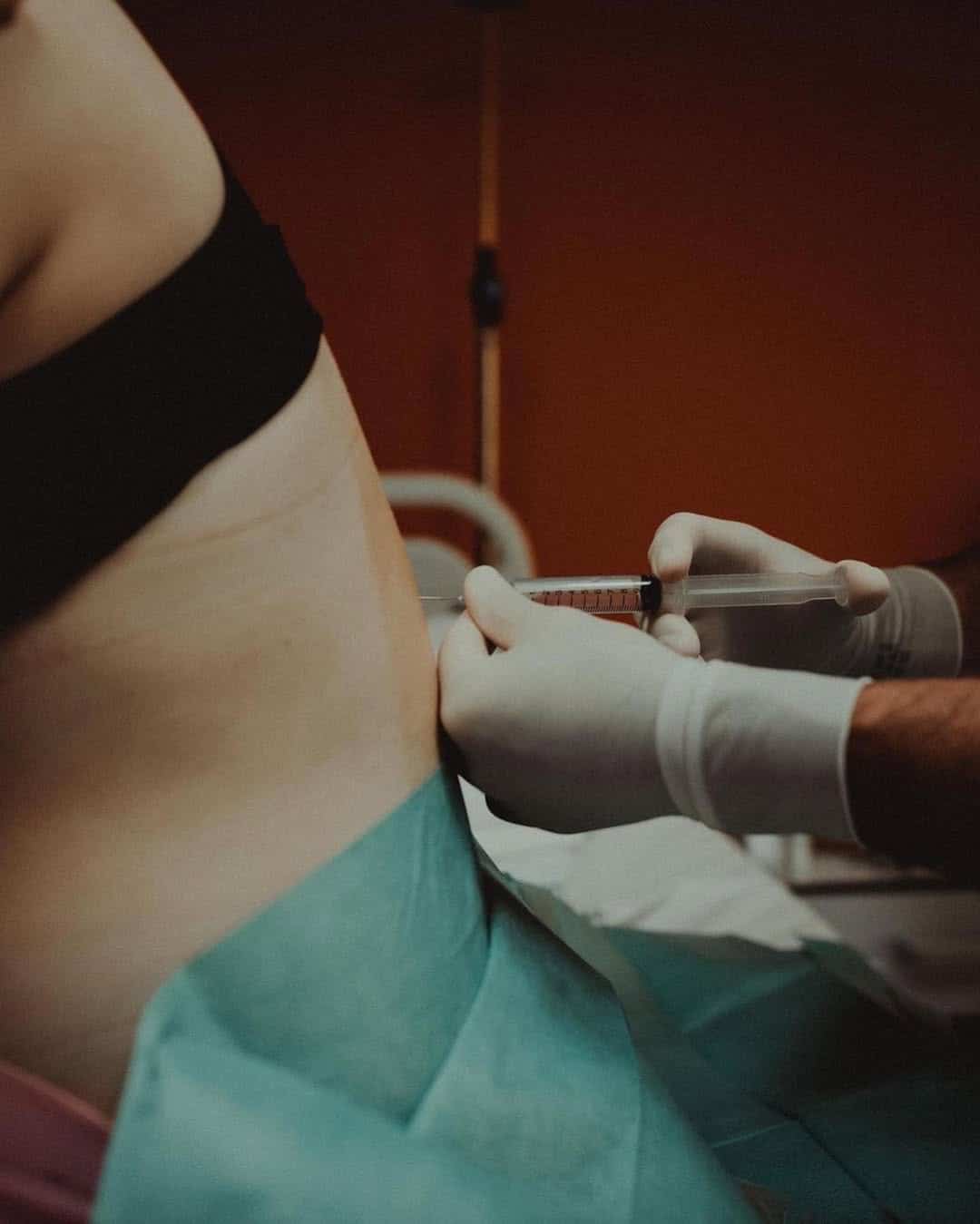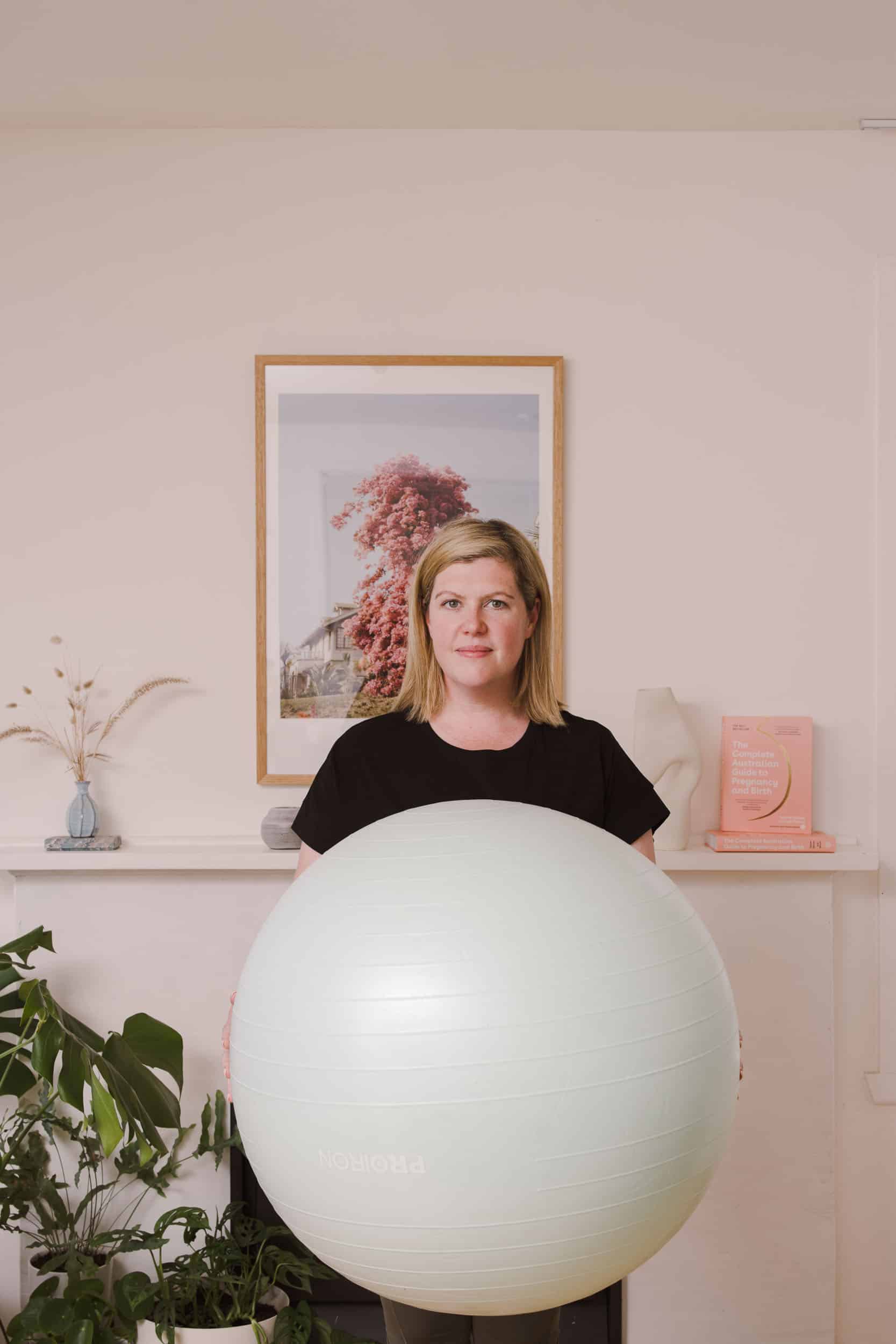Birth What Is A VBAC Birth?
What Is A VBAC Birth?

It was once a widely held belief that once a woman had delivered a baby by caesarean section any subsequent pregnancies would also conclude in the same way. However, many women are candidates for a safe and positive vaginal birth after a caesarean (VBAC).
In fact, according to a 2013 study by the Mayo Clinic, the success rate of trial of labour after caesarean (TOLAC) for US women who’d had one previous caesarean section was 70%.
If you’re considering choosing to have a VBAC rather than schedule another caesarean section, it’s important to understand the benefits and risks and discuss the possible outcomes with your obstetrician or other health professional. It is a personal decision, but medical conditions and risks need to be assessed.
Who can have a VBAC?
If you had a medical reason for the initial caesarean, your doctor must be reasonably certain it has gone and won’t recur, and that you don’t have another major medical complication. Medical professionals are also unlikely to sign off on VBAC if you’ve had more than one C-section.
Some people believe if a woman still has a small scar from her caesarean she won’t be able to attempt VBAC. But the size of the scar shouldn’t make any difference to the success of labour. If the doctor you’re seeing suggests it does, you should seek a second opinion.
There are some reasons you may not be a good candidate for VBAC. These include:
- having a caesarean within the previous 18 months
- being older than 40 years of age
- a BMI greater than 40
- high blood pressure during pregnancy
- placenta previa (when the placenta partially or totally covers the cervix)
You can also speak to your obstetrician about your own circumstances. Your chances of having a successful VBAC are higher when you and your baby are both in good health and you’ve had what is considered a normal pregnancy.
The Benefits of VBAC
A successful vaginal birth is far safer than a caesarean section. The latter is major surgery, and with it comes several risks that are eliminated during a VBAC. For example, you’re at a lower risk of complications, including infections and blood clots.
You are more likely to be able to hold your baby and bond with it immediately after giving birth vaginally.
The recovery from a vaginal birth will also be quicker, allowing for shorter hospital stays and a faster return to normal daily activities, including looking after the baby and other children
The benefits extend to your newborn, too. Babies born vaginally are less likely to need time in a special care nursery due to breathing difficulties and tend to have better immune systems and fewer allergies than babies who are born by caesarean.
There are also risks associated with multiple C-sections, including problems with the placenta. If you’re considering having more children, a successful VBAC could allow for more and less complicated future pregnancies.
The Possible Risks Involved with a VBAC
While there are possible complications associated with a VBAC, including infection and blood loss, by far the most serious risk – although it occurs in less than one per cent of women – is the rupture of the scar left on the uterus after a caesarean, which can be life-threatening.
According to the American College of Obstetricians and Gynecologists, there are certain types of uterine scars that are more likely to rupture during a follow-up vaginal birth.
If you had a low traverse incision – the side-to-side cut across the lower part of the uterus – you are at least at risk during VBAC.
A low vertical incision, made on the lower, thinner part of the uterus, has a higher risk of rupture, while a high vertical incision – sometimes called a classical incision – is made to the upper part of the uterus and sometimes used during a preterm C-section has the highest risk of rupture.
You can’t tell what sort of incision you had by looking at the scar left on your skin. It will, however, be in your medical records, so your obstetrician or other healthcare professional will be able to review this for you.
How to Plan for your VBAC Birth
The most important planning you can do to ensure a successful VBAC is to ensure you remain as healthy as possible throughout your pregnancy: eat well, stay active and keep regular appointments with your doctor, who is supportive of VBAC, so they can monitor your progress.
You will also likely need to prepare to have your baby in a hospital. This allows your doctor, midwife or doula to closely monitor your progress, including yours and your baby’s heart rates, throughout the birth and address any complications early.
If your labour is long or the baby appears to be in distress, being in a hospital means that if the need for an emergency C-section arises your healthcare workers are fully equipped to handle it.
You can find out more about VBAC in our free download Three Essential Steps for VBAC Success or listen to women speaking about their own VBACs on the podcast.
Our Podcast Picks for You
Categories
Related Products
-
The Birth Class
108 reviews$249.00The empowering online childbirth education program that will help you confidently prepare for birth.
Get your copy of our Perineal Massage Guide in your inbox
Keep Reading
We think you might enjoy these articles
@AustralianBirthStories
Follow along with us
@AustralianBirthStories
Follow along with us
@AustralianBirthStories
Follow along with us
@AustralianBirthStories
Follow along with us
@AustralianBirthStories
Follow along with us
@AustralianBirthStories
Follow along with us
@AustralianBirthStories
Follow along with us
@AustralianBirthStories
Follow along with us
@AustralianBirthStories
Follow along with us
@AustralianBirthStories
Follow along with us
@AustralianBirthStories
Follow along with us
@AustralianBirthStories
Follow along with us









